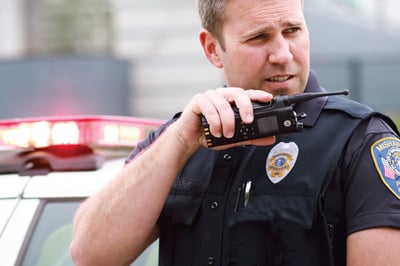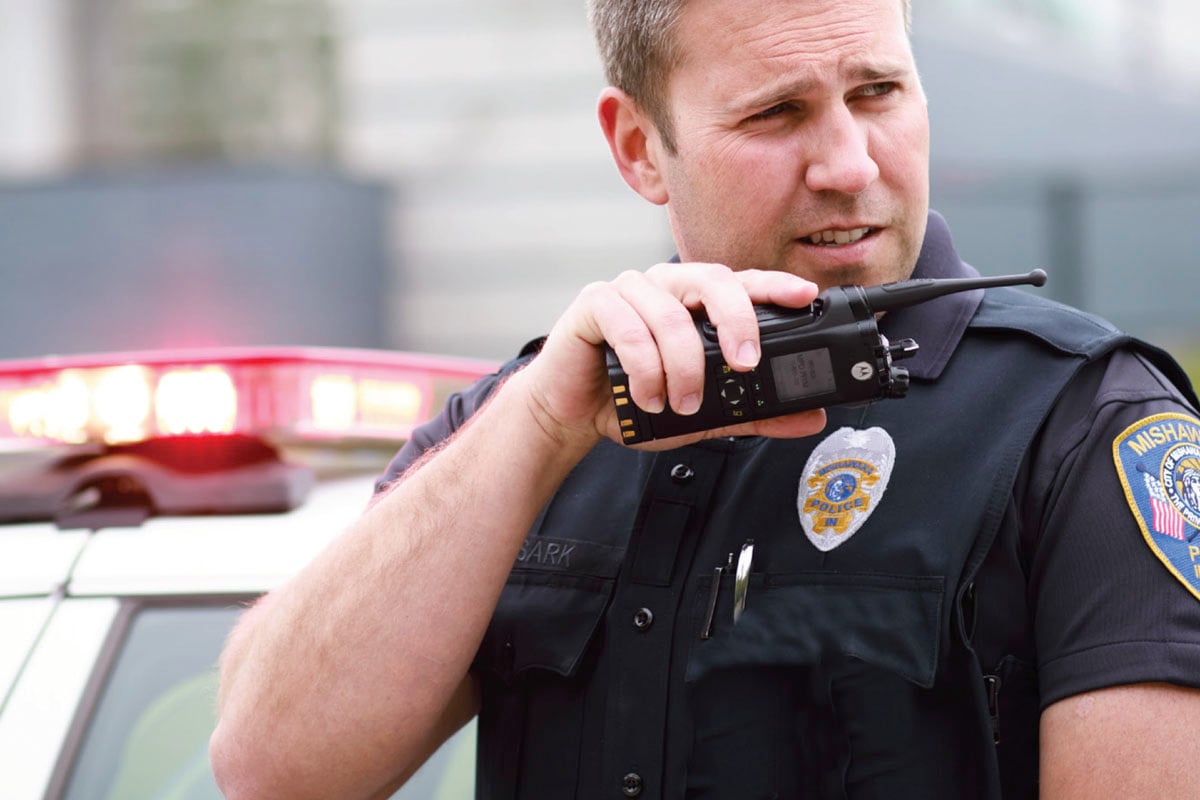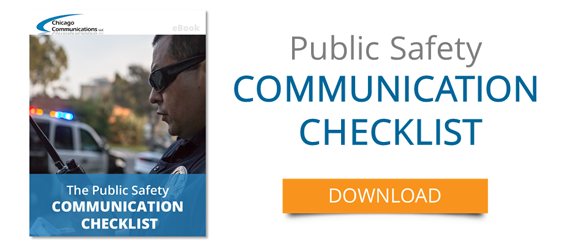
Police work depends on communication that is fast, reliable, and ready for emergencies. In 2025, the essentials are two-way radios, body-worn cameras, and modern 911 and dispatch technology. Together, these tools keep officers connected to dispatch, to each other, and to the community.
Why Police Still Rely on Two-Way Radios
Two-way radios remain the primary tool in the field because they deliver instant push-to-talk functionality, purpose-built durability, and dependable performance when cellular networks are struggling. Within the Motorola ecosystem, models like the APX and MOTOTRBO R7 offer clear audio in loud environments, long battery life, and accessories that cater to the way teams actually work. Radios can also be integrated with neighboring agencies and modern dispatch consoles, allowing information to move quickly and securely.
When choosing two-way radios, evaluate:
-
Coverage and audio clarity in buildings, outdoors, and across patrol areas
-
Battery life, spares, and charging plans for long shifts
-
Ruggedness and the right accessories, such as speaker mics and earpieces
-
Interoperability with mutual-aid partners and existing infrastructure
How Body-Worn Cameras Support Safer Operations
Body-worn video adds context, improves documentation, and can help resolve complaints more quickly. In the Motorola lineup, the VB400 and V200 body-worn cameras record high-quality video and securely store evidence. They can be configured to match your department’s policies and day-to-day workflows.
What most departments prioritize:
-
High-quality video with reliable recording controls
-
Secure evidence management with controlled access and retention
-
Policy-aligned triggers and simple workflows
-
Optional live monitoring on select models when enabled
-
Storage planning that keeps long-term costs predictable
The Role of 911 and Dispatch Technology
Modern policing relies on advanced 911 and dispatch systems that integrate voice, video, and data. Next Generation 911 capabilities and Motorola Solutions CommandCentral call handling and CAD enable call takers and dispatchers to share the right information with officers in real-time. That improves coordination across agencies and jurisdictions.
What to prioritize for your center:
-
Speed and reliability from call intake to unit assignment
-
Shared situational awareness with mapping and relevant data
-
Integration with radios, body-worn video, and records systems
-
Scalability for storms, events, and multi-agency incidents
Extending Radio Coverage with Broadband Push-to-Talk
When teams need to connect radio users with smartphone or PC users, Motorola WAVE PTX extends push-to-talk over broadband. Supervisors, investigators, and partner agencies can join talkgroups from phones or computers, while radio users stay on their primary system. It’s a practical way to expand reach without replacing radios.
Build the Right Motorola Solution for Your Department
Every department’s environment, coverage needs, and policies are different. As a Motorola-certified service provider, we help teams select and integrate the right mix of radios, body-worn video, and dispatch capabilities. At ChiComm, we design systems, install and program equipment, train your team members, and provide ongoing service and warranty support.
Want a practical plan for your department? Request a free consultation, and our team will review your current setup to help you determine clear next steps.
Police Communication Technology FAQs
What communication technology do police officers need?
In 2025, the core tools are two-way radios, body-worn cameras, and Next Gen 911 and dispatch. Motorola solutions in these categories work together to support daily operations and emergencies.
Why not rely on smartphones alone?
Radios provide instant push-to-talk, priority access, and resilient operation when cellular networks are congested or down. Smartphones can complement radios with Motorola WAVE PTX.
How do these systems work together?
Motorola APX and MOTOTRBO R7 radios, VB400 or V200 body-worn video, and CommandCentral call handling and CAD integrate to share voice, video, and data in real time. This helps dispatchers and officers act on the same information.
How should we plan for body-camera storage costs?
Set clear retention policies, choose secure evidence management, and size storage for peak events, not averages. We can help you compare on-prem and cloud options so long-term costs stay predictable.
Can we expand coverage beyond our radio footprint?
Yes. WAVE PTX adds broadband push-to-talk so supervisors, investigators, and partner agencies can join talkgroups from smartphones or computers while radio users stay on the primary system.
To learn more about the equipment you need for thorough and reliable public safety, including radios, cameras, dispatch center equipment, and more, download our free Public Safety Communications Checklist.




